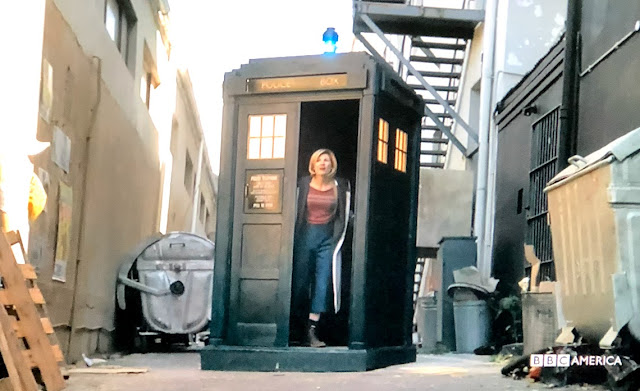As is often the case, that September day in Alabama was very hot. Yet both locations were crowded with people black and white.
The opening of the museum and memorial attracted international attention. You can read two responses here and here. According to an email I recently received from EJI, almost 300,000 people had visited the sites by January 31, 2019.
Further comments are below.
Photos are not allowed in the Museum. The facility is 11,000 square feet and was very crowded on the day we visited. People taking photographs would have been distractions from the message and perhaps disrespectful as well. Through various types of exhibits the museum describes the past oppression of blacks in the U.S. and current problems such as high incarceration rates.
The exhibits and displays are not meant to comfort. The terrors of slavery and its aftermath of Reconstruction and sharecropping and the contemporary issues surrounding mass incarceration are vividly expressed. One display contains samples of soil from lynching sites across America. Naturally the vast majority are in the southern states. Another vivid exhibit uses video technology and slave pen recreations for narrations of first person slave accounts.
This pair of sites offers a very well-done and thoughtful series of exhibits and experiences. Their addition to Alabama's already impressive Civil Rights Museum Trail will bring even more state, national and international tourists to learn the history.
This sculpture by Dana King is dedicated to the women who sustained the Montgomery Bus Boycott
The National Memorial building contains over 800 hundred six-foot long steel monuments representing each county in the U.S. where lynchings have taken place. On the grounds outside the building are an equal number of monuments that will be available for counties to claim and install locally.
These monuments are one part of EJI's Community Remembrance Project. Other initiatives include historical markers at lynching sites and the collection of soil from those sites.
Since we live in Shelby County, I especially noticed these names. I'll have to do some research...
The Legacy Museum is located on the site of a slave warehouse, and is one block from the site of Montgomery's slave markets. Also nearby were the river docks and train station where tens of thousands of slaves were moved in and out of the city.



















































